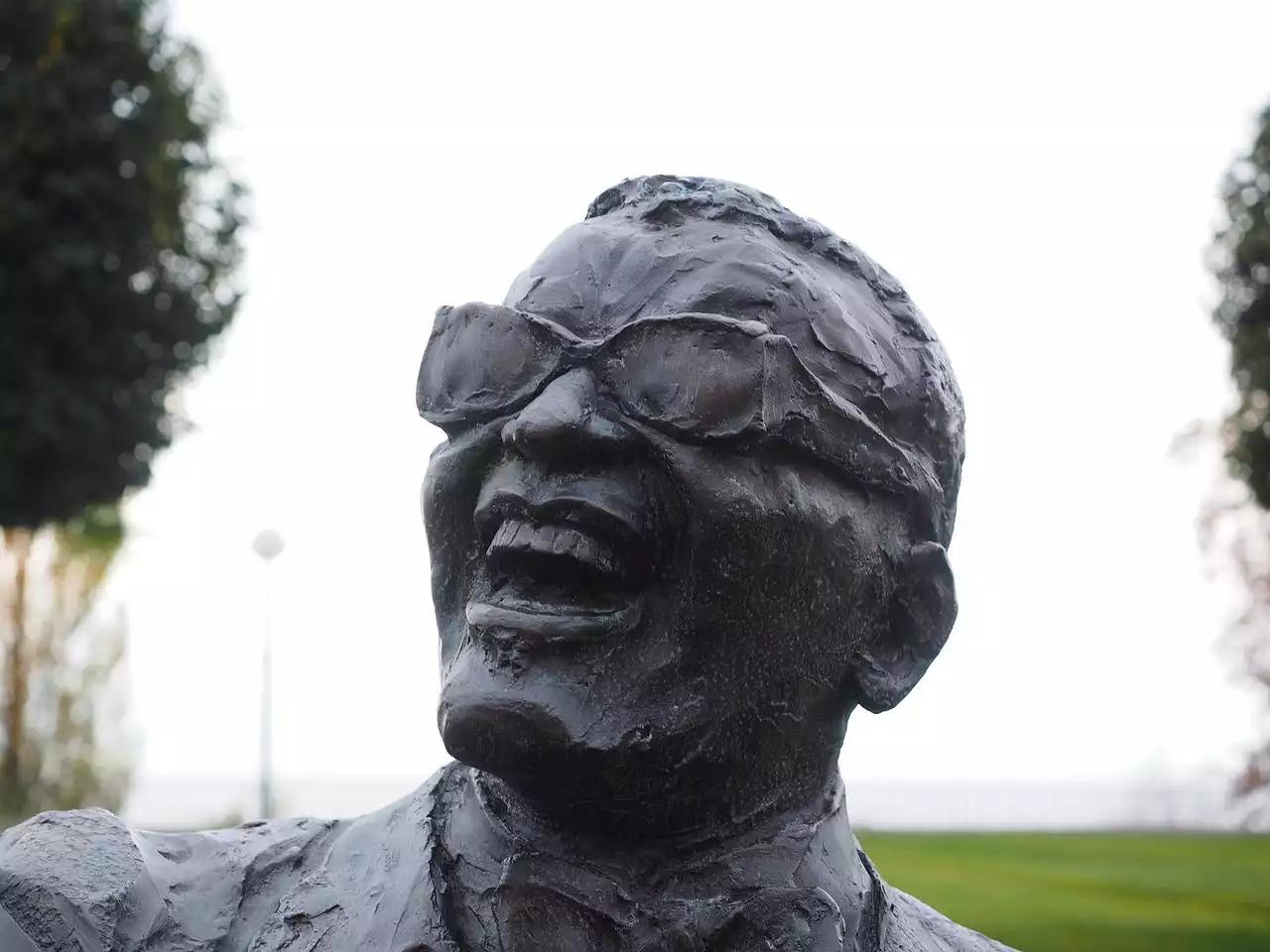Ray Charles was a legendary singer, songwriter, pianist, and recording artist. He is one of the most influential and successful blues and rhythm and blues (R&B) performers of the 20th century. He is also known as the “Father of Modern Blues” for his contribution to its advancement as well as a “Genius” or an “Oracle” or an “Egyptian Prince”. Well, yes! Ray had all these titles in his life due to his musical genius. Raymond "Ray" Charles Robinson Jr. was born on September 23, 1940 in Albany, GA where he attended a segregated school until he turned 14 years old. At this time, he began taking music lessons from a local church organist and playing gospel music with friends who were also learning instruments. This led him to discover his talent for singing and playing the piano. In 1953 at the age of 13, Ray joined a gospel group called The Spartan Gospel Singers that toured the South. Thereafter, he decided to pursue a career in music when he signed with JCO Records in Seattle after graduation from high school in 1959. And then there is no looking back for this talented artist…
Blindness and Music, How Did They Meet?
It was the year 1953 when Ray was barely 12 years old when he started losing his vision due to glaucoma. At first, he thought that it is just a temporary vision loss due to fatigue. But later when he lost almost all of his vision, Ray knew that he is now blind and a blind musician. He had to quit school and look for a job to support his family. Undaunted, Ray tried to continue his passion for music. His relatives bought him a $50 mail-order piano. After a few weeks, he lost his hearing completely. His mother, who was a “seer”, told him that he would never play music again. He tried to prove his mother wrong by playing the piano. He was successful and thus his musical journey began.
How Ray Discovered His Talent for Music?
When Ray was 17 years old, he took to singing with a guitar when he saw a friend playing one. Later, he met a musician named Dr. Brice I. Bass who recognized the potential of this young man and encouraged him to go to Atlanta to pursue a music career. With only $32 in his pocket, Ray walked to Atlanta. There he met the bandleader, The General. He offered Ray a job. When Ray was 19 years old, he moved to Seattle to pursue a music career. In this city, he had an opportunity to play with the famous jazz singer, Anita O’Day. Years later, he credited Anita for helping him discover his talent for singing. This was also an opportunity for him to realize that he needed to develop an individual style of singing.
Blues, Jazz and R&B – The Roots of Modern Music
When Ray was 21 years old and pursuing his musical career, the term “rhythm and blues” was not yet in use. Jazz was at the peak of its popularity, and blues was its major influence. However, the great migration of African-Americans from the South to Northern cities had begun. Ray’s musical career started with blues music. He played with many blues bands, one of which was led by the drummer, Ed Shaw. After a while, he joined the Rhythm and Blues (R&B) band, The Drifting Ravens. Around the same time, another musical form was taking shape. Called jazz, it, too, was heavily influenced by the blues.
Piano Skills Led to Singing Success
Perhaps the most important thing that Ray learned during his musical journey was how to sing and play the piano at the same time. This was vital for a musician playing in clubs. After a while, he discovered that he could sing better than most of the singers in his group. In the early 1950s, vocal groups such as The Mills Brothers, The Ink Spots, The Mills Blue Rhythm Band, and The Delta Rhythm Boys dominated the R&B charts. Ray’s piano-plus-vocal format was a natural for R&B radio.
The Birth of Soul Vocals in the World of Music
Ray’s most important innovation, however, was the introduction of soul vocals. Although there had been plenty of R&B singers with strong gospel influences, they had not often done without a piano. Ray’s style was to sing without a piano and to emphasize the word “yeah.” He was usually accompanied only by the bass and drums. In the early 1950s, the gospel quartets were the most popular R&B vocal groups. They included the Golden Gate Quartet, the Pilgrim Travelers, and the Sensational Nightingales.
Conclusion
Apart from his singing and piano playing skills, Ray also had an amazing voice with which he could also imitate other famous singers as well. He was so good at imitating his favorite singers that he sometimes used to get confused and forget that he was not singing the original song. Ray’s blindness did not affect his passion for music and it is because of this passion that he was able to achieve success in this field.


 Discover Italy’s Best Michelin Star Restaurants
Discover Italy’s Best Michelin Star Restaurants
 Cottar’s 1920s Safari Camp in Kenya
Cottar’s 1920s Safari Camp in Kenya
 World of the Flute
World of the Flute The Evolution of R&B Music
The Evolution of R&B Music The Musical Life of Sam Cooke
The Musical Life of Sam Cooke The Godfather of Soul is James Brown
The Godfather of Soul is James Brown Stevie Wonder Gave R & B a Huge Boost
Stevie Wonder Gave R & B a Huge Boost Prince was The Real Prince of R & B
Prince was The Real Prince of R & B Lionel Ritchie was Always Dancing on The Ceiling
Lionel Ritchie was Always Dancing on The Ceiling The Legend Marvin Gaye had a Huge Struggle with Depression
The Legend Marvin Gaye had a Huge Struggle with Depression